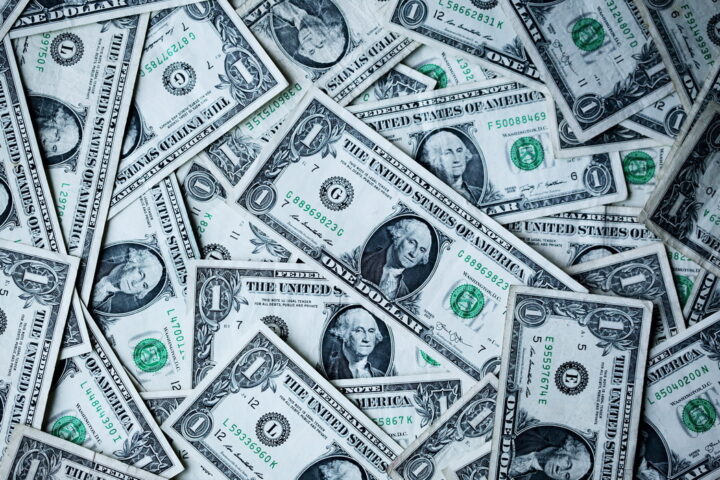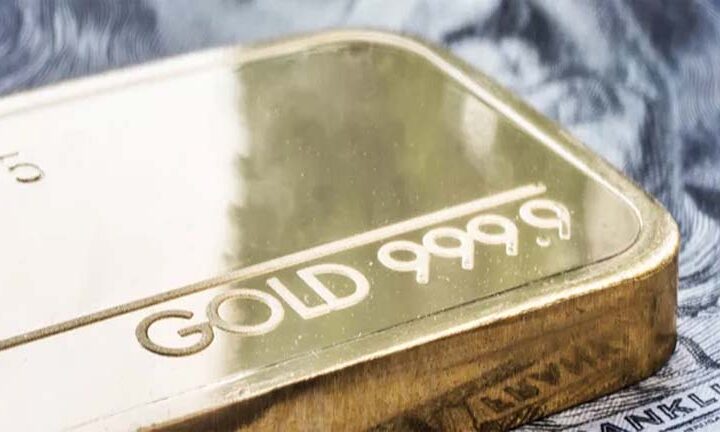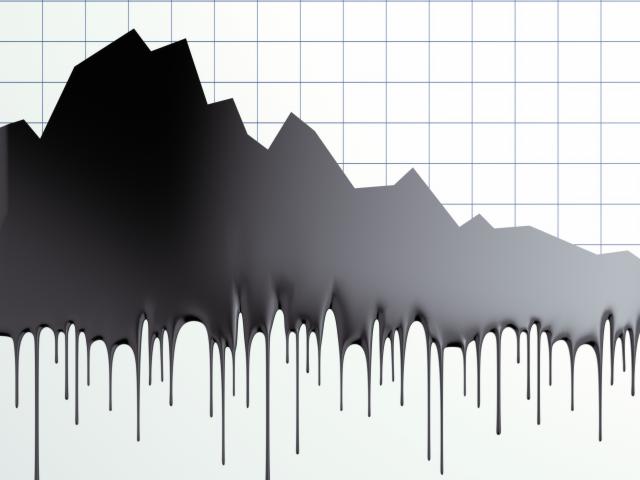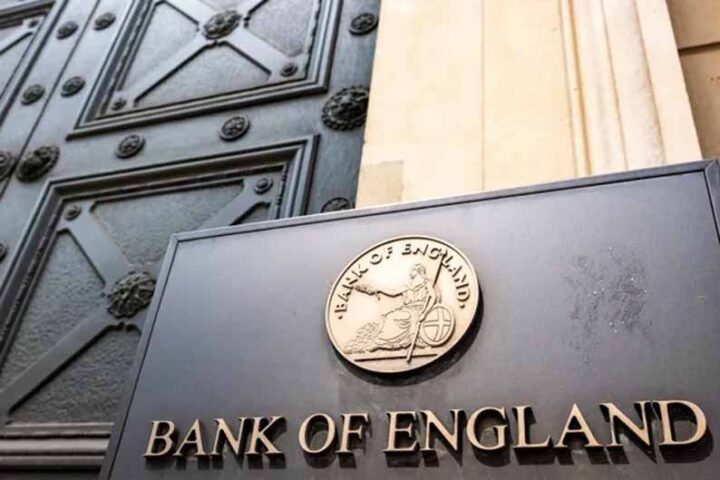By Craig Erlam
It’s been another wild ride in the markets this week, but indices are on course to end it roughly where they started.
There has been a lot to digest this week, not least from companies, with big tech the focus on the earnings front. We continue to see some decent reports, albeit with the odd blip along the way.
Amazon was the latest to catch Wall Street off guard, reporting its first loss since 2015 amid a multitude of challenges facing the company.
There were the usual strong points to the report, like the cloud and advertising businesses – although the latter did fall a little short of expectations – but like many others, the company is struggling to adjust to post-pandemic life, having scaled up massively over the last years.
There is a feeling that investors have had one eye on the Fed meeting next week, which may be why we haven’t seen a big sustainable move either way. The dollar pared gains Friday, but it has been flying all week and it’s hard to see a strong case for that to reverse in any significant way. I can’t imagine the Fed toning down its hawkish rhetoric next week.
The EU response to Russia cutting off gas supplies to Poland and Bulgaria hasn’t been as unified as we’ve seen in recent months. There’s been a desperate scramble to work out which companies can comply with sanctions, while keeping the gas flowing, something the Kremlin will be delighted to witness.
Higher energy prices are a major driver of inflation in the euro area and that is unlikely to change any time soon.
Inflation hit a new record high of 7.5% in April, while the core measure hit 3.5%, beating expectations. That’s going to increase the pressure on the ECB to tighten this year even if it appears to be peaking.
The market is pricing in multiple rate hikes this year, something the central bank has pushed back against.
The meeting at the start of June is now huge. No room for ambiguity from Christine Lagarde this time.
Oil higher
It seems the EU is moving closer to an oil embargo, which some may argue is overdue in light of Russia’s aggression in Ukraine. Naturally, the devil will be in the detail, but the moves we’re seeing in crude prices suggest the small print won’t live up to the headlines.
A phased approach, while still positive, just won’t cut it. But this is the bind the EU has left itself in after years of allowing itself to become so dependent on Russia.
Ultimately, the oil market remains in consolidation and the range is being squeezed which could make for an interesting few weeks ahead.
A break out from this choppy range could be quite explosive and despite the impact from Chinese lockdowns, the risks remain tilted to the upside. Especially if the EU manages to deliver on an immediate embargo.
Can gold stabilise?
It’s been an awful couple of weeks for gold since coming close to breaking above $2,000 for the first time in over a month. The dollar rally has been relentless and it’s been a real drag on the yellow metal.
Which begs the question, is anything going to stop the dollar in the near term? And if not, what does that mean for gold.
Gold will continue to see safe haven and inflation hedge appeal, so I don’t see the recent rate of decline continuing, even if the dollar remains strong. That said, there isn’t much of a bullish case for the yellow metal if the dollar continues to tear higher.
Can it stabilise around these levels? It’s doing a good job at the moment, albeit strongly aided by a small dollar correction.
Craig Erlam is Senior Market Analyst, UK & EMEA at OANDA
Opinions are the author’s, not necessarily that of OANDA Global Corporation or any of its affiliates, subsidiaries, officers or directors. Leveraged trading is high risk and not suitable for all. Losses can exceed investments.







